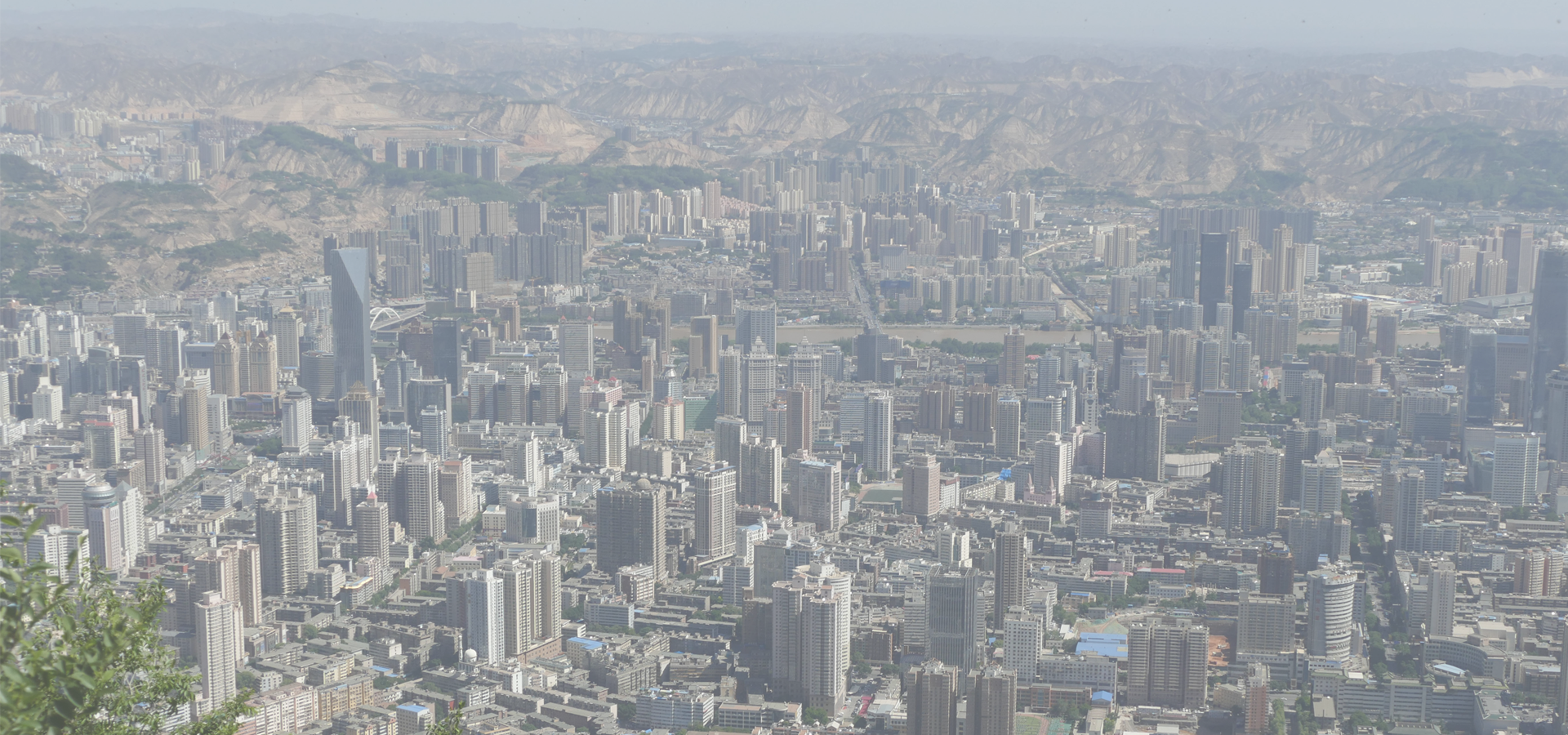Jiuquan, Gansu Province, China
🇨🇳 Jiuquan, formerly known as Sùzhou, is a prefecture-level city in the northwesternmost part of Gansu Province in the People's Republic of China. It is more than 600 km (370 mi) wide from east to west, occupying 191,342 km² (73,878 sq mi), although its built-up area is mostly located in its Suzhou District.
Name The city was formerly known as Fulu, which became known as Sùzhou (Suchow, Su-chow, &c.) after it became the seat of Su Prefecture under the Sui. As the seat of Jiuquan Commandery, it eventually became known by that name in turn. The name Jiuquan —"wine spring(s)" — derives from a legendary story of the young Han general Huo Qubing, who was said to have poured a vat of precious wine into a local creek to share its taste with his troops after a victory over the Xiongnu nomads.
History Fulu was founded in 111 BC as an outpost in the Hexi Corridor near the Jade Gate along the overland Silk Road. Jiuquan was a Han prefecture and, under the Eastern Han, an active military garrison. Su Prefecture was established under the Sui and renamed Jiuquan Commandery under the Tang. In 624, Jiuquan County was established. In 763, it was occupied by Tibetan Empire. After the fall of the Tibetan Empire, it was controlled by the Ganzhou Uyghur Kingdom. In 1028, it was seized by Xixia. During the Yuan Dynasty, Suzhou Lu was established under Gansu Province. It sometimes served as the capital of the province of Gansu. Along with its role protecting trade along the Silk Road, Suzhou was the great centre of the rhubarb trade.
Under the Ming, Suzhou was the site where the Portuguese Jesuit missionary Bento de Góis was robbed and died in 1607 during the exploration that finally established that Cathay and China were a single country. Meng Qiaofang took it from Ding Guodong in 1649. The Hui under Ma Wenlu held it during the Dungan Revolt. It was completely destroyed by the time it was recovered by the Qing general Zuo Zongtang in 1873 but it was swiftly rebuilt.
Administrative divisions Jiuquan is made up of one district, two counties, two autonomous counties and two country-level cities.: Suzhou District, 肃州 区, Sùzhōu Qū; Yumen City, 玉门 市, Yùmén Shì; Dunhuang City, 敦煌,市, Dūnhuáng Shì; Jinta County, 金塔 县, Jīntǎ Xiàn; Guazhou County, 瓜州 县 Guāzhōu Xiàn; Subei Mongol Autonomous County, 肃北 蒙古族 自治县, Sùběi Měnggǔzú Zìzhìxiàn; Aksai Kazakh Autonomous County, 阿克塞 哈萨克族 自治县, Ākèsài Hāsàkèzú Zìzhìxiàn.
Geography Jiuquan occupies the westernmost part of Gansu, bordering Zhangye City to the east, Qinghai to the south, Xinjiang to the west, Ejin Banner, Alxa league of Inner Mongolia and Mongolia to the north. Its administrative area ranges in latitude from 37° 58' to 42° 48' N and in longitude from 92° 09' to 100° 20' E, and reaches a maximal north–south extent of 550 km (340 mi) and maximal east-west width of 680 km (420 mi). Suzhou District is approximately 1,500 meters (4,900 ft) above sea level.
Transport Jiuquan is served by China National Highway 312 and the Lanzhou-Xinjiang (Lanxin) Railway. The Lanxin Railway has several side branches within Jiuquan Prefecture. In particular, a railway branch runs from the Liugou Station in Guazhou County to Dunhuang, serving both Guazhou county seat and Dunhuang. There are plans to expand it further south into Qinghai; the extension, known as the Golmud–Dunhuang Railway, will connect Dunhuang to Golmud, Qinghai on the Qinghai–Tibet railway. There is also the Jiayuguan–Ceke branch, which runs through the desert areas of Jiuquan Prefecture's Jinta County.
Jiuquan is also served by Jiuquan Airport. There is also Dunhuang Airport in Dunhuang.
Space Centre Jiuquan is the closest major city to the Jiuquan Satellite Launch Center. Still, the space launch centre is more than 100 km (62 mi) away from the city, and is actually located not in Gansu province, but in the neighboring Inner Mongolia Autonomous Region. It was built in 1958; the first Chinese human spaceflight, Shenzhou 5 was launched there on 15 October 2003, making Yang Liwei China's first astronaut and a national hero. The second was in 2005.
Culture Jiuquan is known within China as the first site of rhubarb cultivation.
Asia/Shanghai/Gansu

Jiuquan has a population of over 455,611 people. Jiuquan also forms the centre of the wider Jiuquan Prefecture which has a population of over 1,153,988 people.
To set up a UBI Lab for Jiuquan see: https://www.ubilabnetwork.org Twitter: https://twitter.com/UBILabNetwork
🇺🇸 Wilmington 39.74
🇺🇸 Saint Joseph 39.75
🇺🇿 Yangibozor 39.733
🇺🇸 Sicklerville 39.718
🇹🇭 Phuket City 98.344
🇹🇭 Mae Hong Son 97.95
🇮🇩 Teluk Dalam 97.8
🇮🇩 Lhokseumawe 97.133
Locations Near: Jiuquan 98.4943,39.7334
🇨🇳 Suzhou 98.503,39.741 d: 1.1
🇨🇳 Jiayuguan 98.322,39.794 d: 16.2
🇨🇳 Dunhuang 94.663,40.137 d: 329.7
🇨🇳 Wuwei 102.638,37.929 d: 411.1
🇨🇳 Liangzhou 102.642,37.928 d: 411.5
🇨🇳 Xining 101.779,36.623 d: 449.4
🇨🇳 Linxia 103.21,35.602 d: 618.9
🇨🇳 Linxia City 103.242,35.605 d: 620.6
Antipodal to: Jiuquan -81.506,-39.733
🇨🇱 Valdivia -73.233,-39.8 d: 19308.3
🇨🇱 Port Montt -72.933,-41.467 d: 19266.5
🇨🇱 Puerto Montt -72.933,-41.467 d: 19266.5
🇨🇱 San Pedro de la Paz -73.1,-36.833 d: 19214.1
🇨🇱 Temuco -72.667,-38.733 d: 19246
🇨🇱 Chiguayante -73.017,-36.917 d: 19211.5
🇨🇱 Concepción -73.05,-36.817 d: 19209.3
🇨🇱 Angol -72.25,-38.25 d: 19198.7
🇨🇱 Cauquenes -72.35,-35.967 d: 19109.3
🇨🇱 San Carlos -71.95,-36.417 d: 19101.6